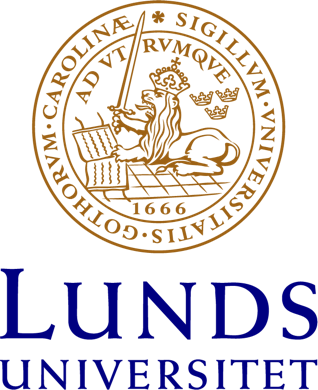Ludvig Andersson
Doktorand Kontaktinformation E-post: ludvig [dot] andersson [at] nek [dot] lu [dot] seOrganisation Nationalekonomiska institutionen Hämtställe: 10 WebbplatsLudvig Anderssons profil i Lunds universitets forskningsportal
https://www.ehl.lu.se/ludvig-andersson - 2025-10-04
